AO Edited
The Grave of Miss Baker
Bananas are often left for the first monkey America ever recovered alive after being launched into space.
America began sending monkeys toward the stars in 1948, but it was not until the launch of the loving squirrel monkey known as “Miss Baker” in 1959 that they were able to recover one alive.
The American space program had previously succeeded in recovering fruit flies after sub-orbital space flight, but the higher primates quickly became a problem. While Russia was already sending dogs into space and recovering them alive, the animals that America sent into space—without their consent, of course—kept dying, often inside exploding rockets, or upon return impact, or simply by being lost in their capsules at sea.
The program purchased Miss Baker, along with dozens of other monkeys, from a Miami pet shop. She quickly stood out from the pack of other test animals as she withstood confinement, electrodes, and more. In the end she and a larger rhesus monkey known as “Miss Able” were selected to be sent into space, as various countries vied to outpace each other—often using tactics that are now controversial, such as sending unwilling, non-human creatures up into space before we ventured there.
The monkeys were fitted with caps and jackets to wear into space and crammed into metal monitoring capsules which kept them confined. Electrodes were surgically placed in the animals. Then in the wee hours of May 28, 1959, the duo was placed into a Jupiter rocket and shot 300 miles into the sky. The flight only lasted 16 minutes, over half of which consisted of weightlessness, and the rocket landed safely, for the first time, in the Atlantic Ocean.
Both of the monkeys were pulled from the capsule alive, but unfortunately Miss Able died four days later from too much anesthesia while surgeons attempted to remove her electrodes. Both animals were featured on the cover of Life magazine, and Baker’s star rose. Hundreds of letters poured in from admirers and she was given a cushy life during which she was “married” to not one, but two other monkeys.
Miss Baker lived at the Naval Aerospace Medical Center in Pensacola, Florida until 1971. In 1962, Pensacola caretakers held a marriage ceremony to wed Miss Baker to Big George, who predeceased Miss Baker on January 8, 1979. Three months later, Miss Baker was wed to Norman, in a ceremony presided over by Alabama District Court judge Dan McCoy. She refused, however, to wear white, pulling off her wedding train moments after it was put on her.
Miss Baker passed away of kidney failure in 1984 at the age of 27, earning her the secondary honor of being the longest lived squirrel monkey on record.
She was buried in a grave outside of the U.S. Space & Rocket Center in Alabama and given a proper headstone next to her first “husband,” Big George. The grave is located right near the entrance of the main building. You’ll see the headstone just to the right of the walkway near a grove of trees. Admirers and fans of the little astronaut still come by and leave bananas on her headstone. The body of Miss Able is on display (in her flight capsule) at the Smithsonian National Air and Space Museum.
The Atlas Obscura Podcast is a short, daily celebration of all the world’s strange and wondrous places. Check out this episode about Miss Baker.
Community Contributors
Added by
Edited by
Plan Your Trip
The Atlas Obscura Podcast is Back!



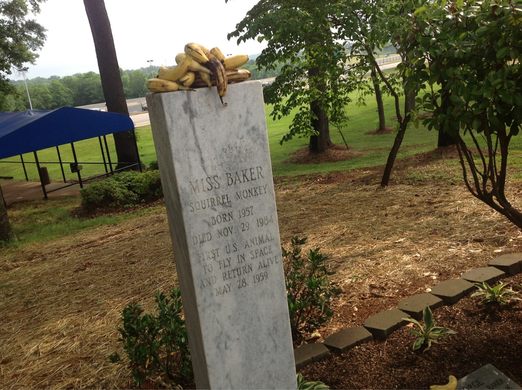
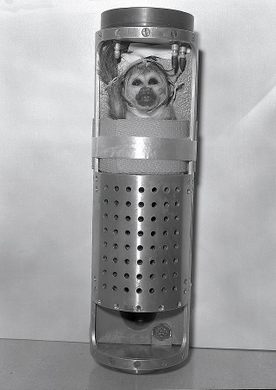
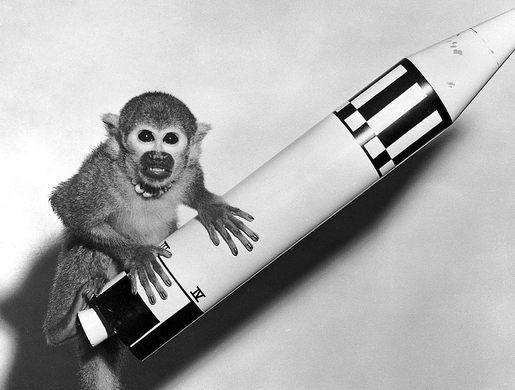



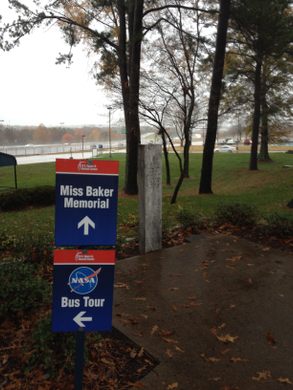

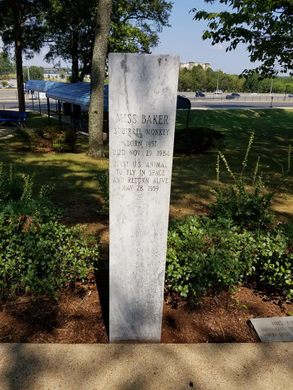
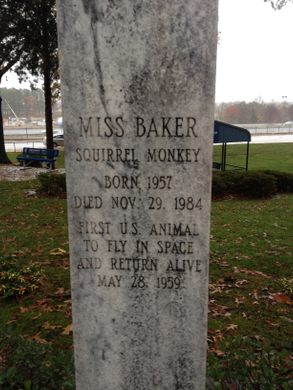
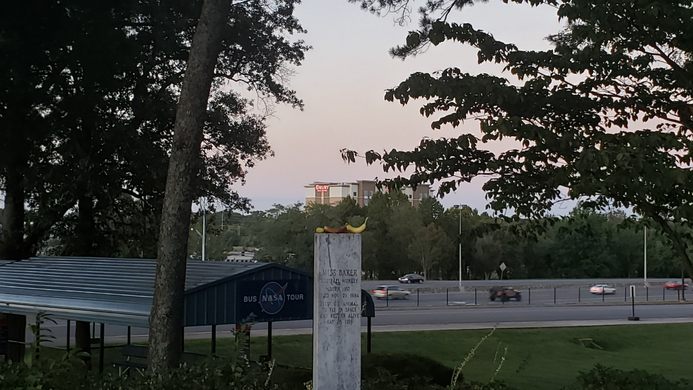

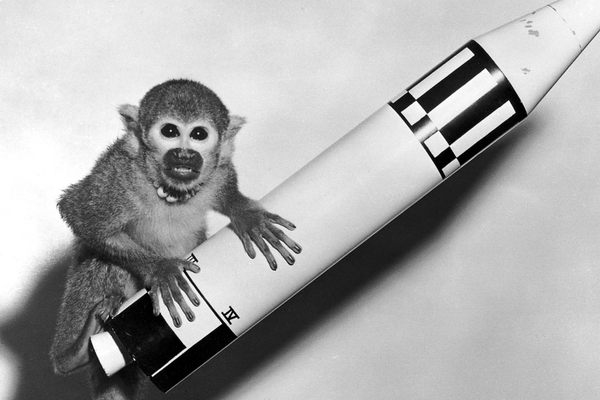



















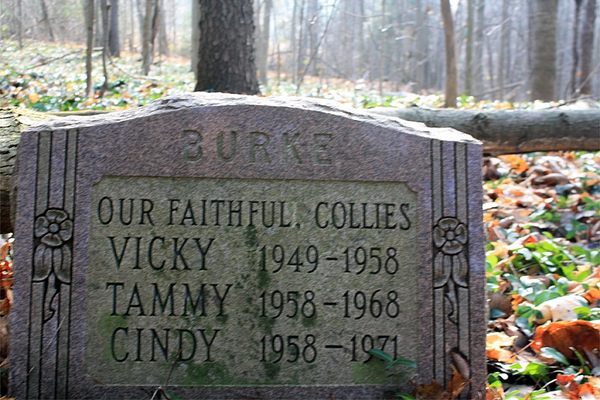
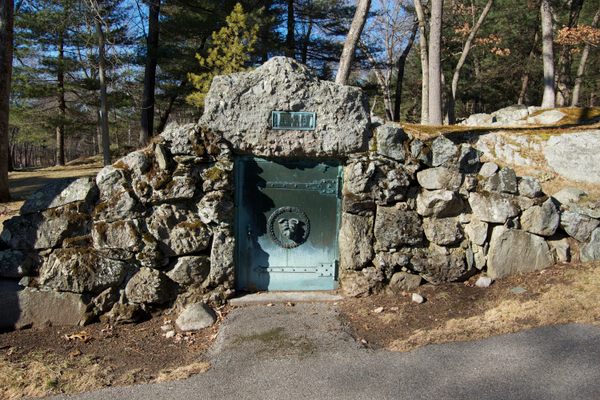

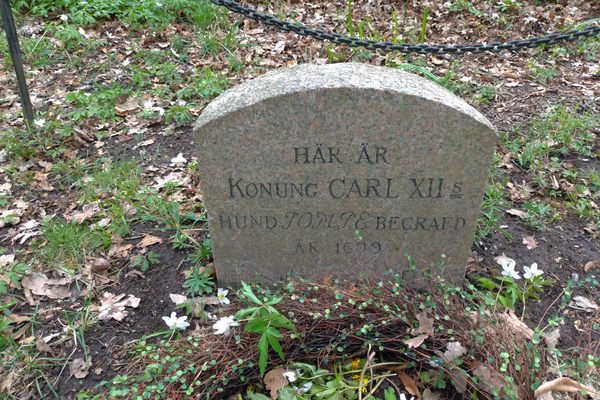


Follow us on Twitter to get the latest on the world's hidden wonders.
Like us on Facebook to get the latest on the world's hidden wonders.
Follow us on Twitter Like us on Facebook